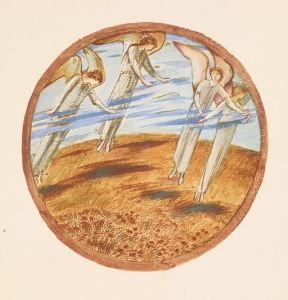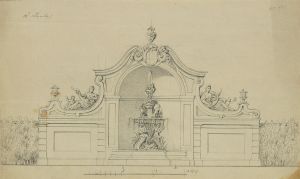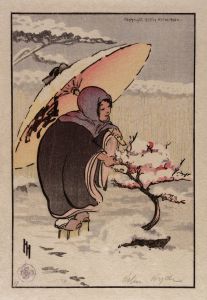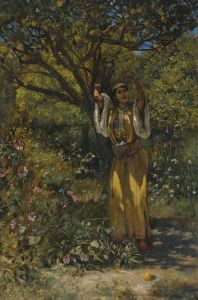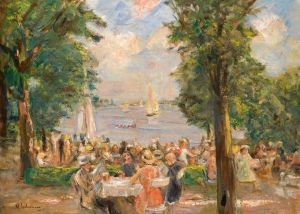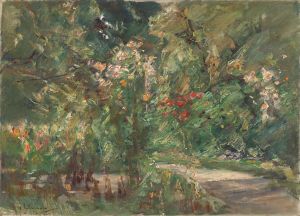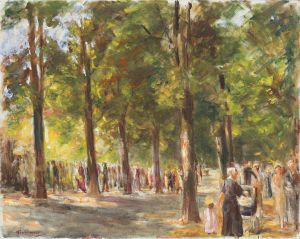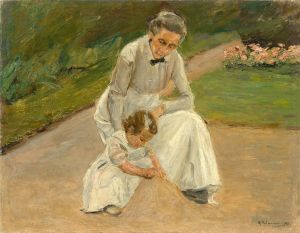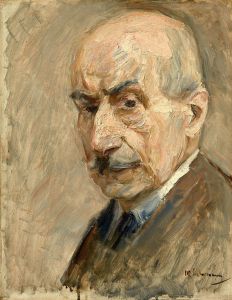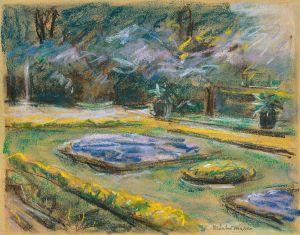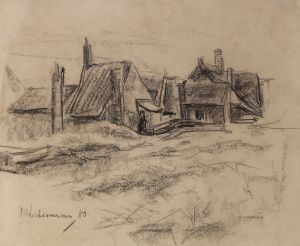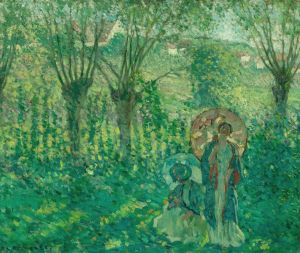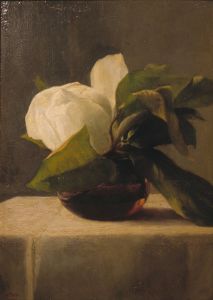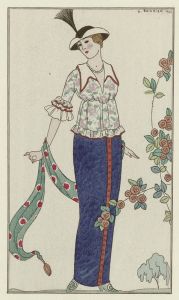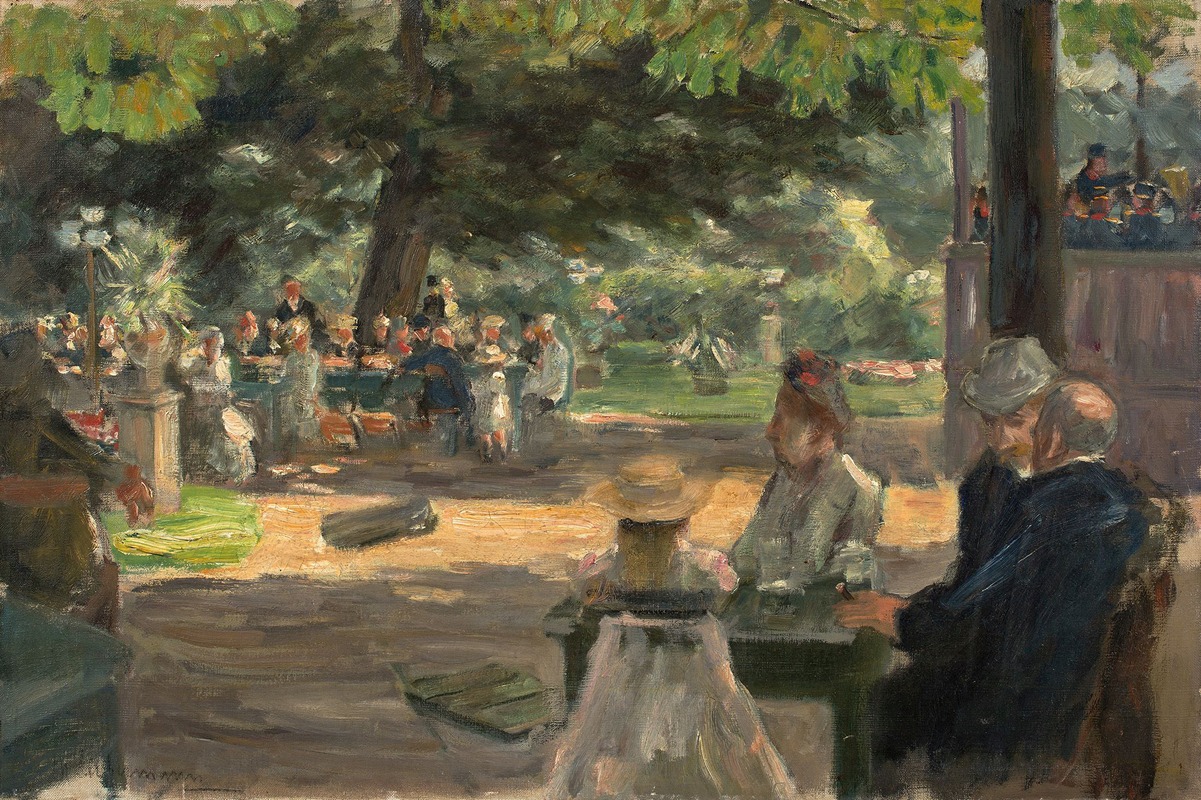
Studie zum ,Restaurationsgarten in Leiden
A hand-painted replica of Max Liebermann’s masterpiece Studie zum ,Restaurationsgarten in Leiden, meticulously crafted by professional artists to capture the true essence of the original. Each piece is created with museum-quality canvas and rare mineral pigments, carefully painted by experienced artists with delicate brushstrokes and rich, layered colors to perfectly recreate the texture of the original artwork. Unlike machine-printed reproductions, this hand-painted version brings the painting to life, infused with the artist’s emotions and skill in every stroke. Whether for personal collection or home decoration, it instantly elevates the artistic atmosphere of any space.
Max Liebermann, a prominent German painter and printmaker, is renowned for his contributions to the Impressionist movement. One of his notable works is "Studie zum 'Restaurationsgarten in Leiden'," which translates to "Study for 'The Restaurant Garden in Leiden'." This painting reflects Liebermann's keen interest in capturing everyday life and his adeptness at portraying light and atmosphere.
Max Liebermann was born on July 20, 1847, in Berlin, and he became one of the leading figures in the German Impressionist movement. His artistic journey began with formal training at the Weimar Art School and further studies in Paris and the Netherlands. Liebermann was deeply influenced by the Dutch Masters and the French Impressionists, which is evident in his use of light and color.
"Studie zum 'Restaurationsgarten in Leiden'" is a preparatory study for a larger work, showcasing Liebermann's process of capturing the essence of a scene before committing it to a final composition. The painting depicts a garden restaurant in Leiden, a city in the Netherlands known for its rich history and vibrant cultural scene. This setting provided Liebermann with an ideal backdrop to explore themes of leisure and social interaction, which were common in his oeuvre.
The study is characterized by loose brushwork and a focus on the play of light and shadow, hallmarks of Liebermann's style. The composition likely includes figures engaged in casual conversation or enjoying a meal, set against the lush greenery of the garden. Liebermann's choice of subject matter reflects his interest in the leisurely pursuits of the bourgeoisie, a theme that resonated with the Impressionist movement's focus on contemporary life.
Liebermann's time in the Netherlands was particularly influential in his artistic development. The Dutch landscape and its people provided him with a wealth of inspiration, and he often returned to these themes throughout his career. His work during this period is noted for its naturalistic depiction of light and its emphasis on capturing the transient moments of everyday life.
In addition to his painting, Liebermann was a significant figure in the art world as a leader of the Berlin Secession, an association of artists who sought to break away from the conservative art establishment in Germany. His advocacy for modern art and his role in promoting Impressionism in Germany were instrumental in shaping the country's art scene in the late 19th and early 20th centuries.
"Studie zum 'Restaurationsgarten in Leiden'" exemplifies Liebermann's skill in rendering atmospheric effects and his dedication to portraying the subtleties of human interaction within natural settings. While this study serves as a preliminary work, it offers valuable insights into Liebermann's artistic process and his ability to convey mood and ambiance through his masterful use of color and composition.
Max Liebermann's legacy as a pioneer of German Impressionism and his contributions to the broader art world remain influential. His works continue to be celebrated for their technical proficiency and their ability to capture the beauty and complexity of everyday life. "Studie zum 'Restaurationsgarten in Leiden'" stands as a testament to Liebermann's enduring impact on the art world and his mastery of the Impressionist style.





